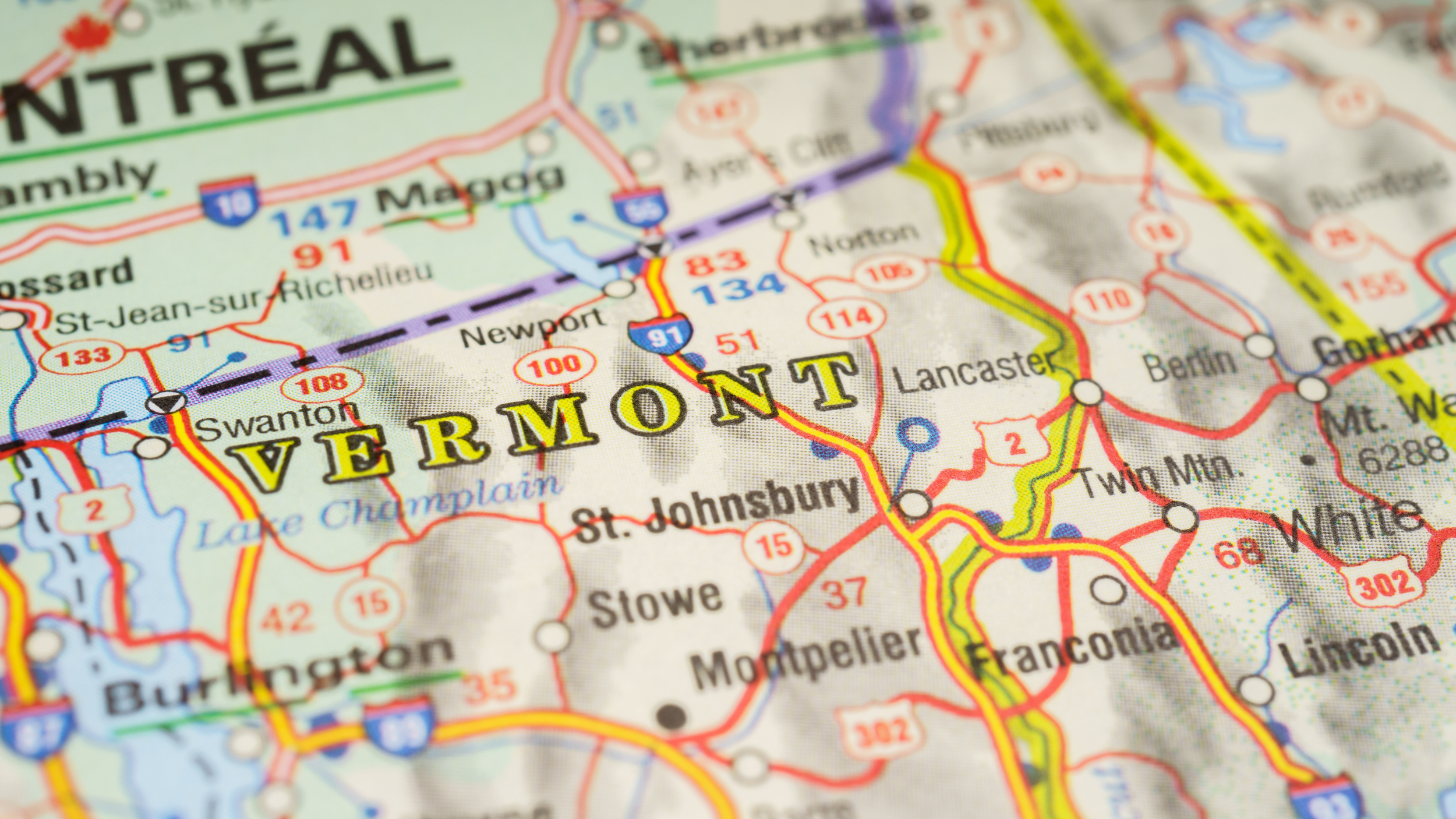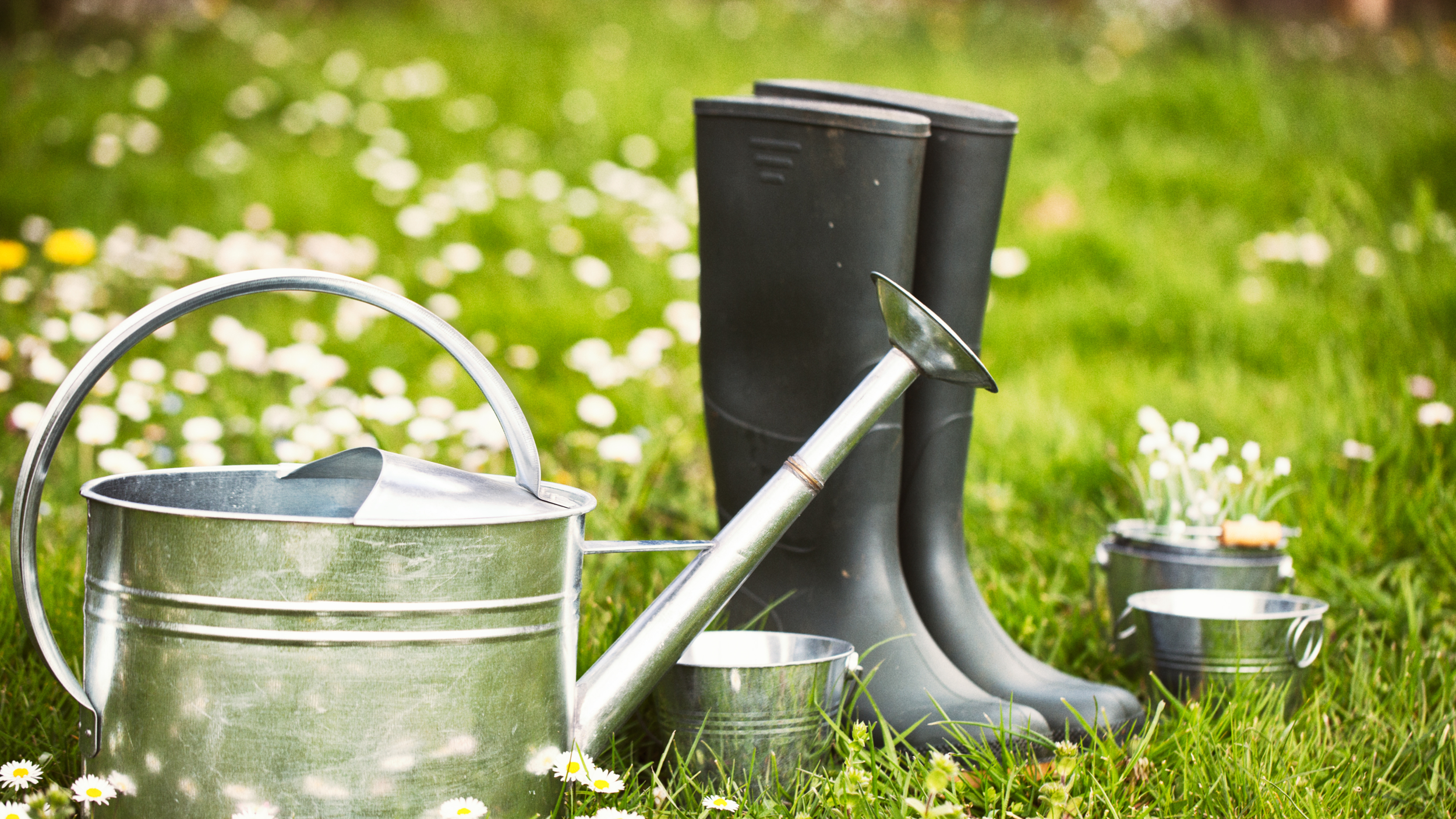Guide to Year-Round Property Maintenance in Vermont
Owning property in Vermont comes with its unique set of challenges. The state’s beautiful yet unpredictable weather can take a toll on homes, landscapes, and commercial properties. To maintain your property’s value and functionality throughout the year, a structured approach to seasonal maintenance is essential. In this comprehensive guide, we outline the critical tasks for each season and how to manage the distinctive climate challenges of Vermont.
Why Year-Round Property Maintenance is Critical in Vermont
Vermont’s climate is varied, with long, snowy winters, warm summers, and a rapid transition between seasons. Each change brings specific maintenance requirements that, if neglected, can lead to expensive repairs. This guide will help property owners prepare for Vermont's climate challenges, ensuring their homes and commercial spaces remain in excellent condition year-round.
Spring Maintenance: Recovering from Winter’s Impact
As winter thaws into spring, Vermont properties often face the aftermath of heavy snow, ice, and fluctuating temperatures. Spring is the ideal time to assess damage and begin preparations for the growing season.
1. Snow Melt and Water Damage Prevention
Spring snowmelt can lead to pooling water around foundations, which, if not addressed, can cause long-term damage. Key tasks include:
Clearing gutters and downspouts to ensure proper water flow away from the building.
Inspecting foundations for cracks caused by the freeze-thaw cycle, and sealing any found to prevent moisture infiltration.
Assessing the landscape to ensure proper drainage, avoiding water accumulation near the foundation.
Stat Insight: Water damage leads to $1 billion in annual insurance losses for homeowners and renters, with the average claim exceeding $10,000. Common causes include plumbing leaks, burst pipes, and faulty appliances, making preventive maintenance crucial for avoiding costly repairs.
2. Preparing Lawns and Gardens
Vermont’s cold winters can leave lawns and gardens in need of rejuvenation. Spring tasks include:
Aerating soil to alleviate compaction from snow and ice.
Reseeding lawns where snow mold or frost has caused damage.
Mulching garden beds to help retain moisture and suppress weeds as the growing season begins.
3. Exterior Spring Cleaning
Winter often leaves grime and debris on the exterior of properties. Restore the appearance of your property with:
Power washing siding, decks, and walkways to remove salt, dirt, and mildew.
Roof inspections to check for winter damage, including missing or damaged shingles, and repair them promptly.
Summer Maintenance: Keeping Your Property Healthy and Attractive
Summer in Vermont is a time of growth, but the season also brings its own set of challenges, from high humidity to pests. Summer property maintenance focuses on maintaining curb appeal and preventing damage caused by heat and humidity.
1. Lawn and Garden Care
Summer is the season for lawns to thrive. To ensure healthy growth:
Mow regularly, keeping grass at an optimal height to promote deep root growth and prevent scorching.
Water in the early morning, allowing moisture to soak into the ground before the sun’s heat causes evaporation.
Prune trees and shrubs, ensuring that branches do not become overgrown, which could increase the risk of damage during summer storms.
Expert Tip: Vermont’s humid summers can lead to fungal growth in lawns. Look for discolored patches, which could indicate a problem, and treat affected areas promptly.
2. Pest Control
Summer pests, including ants, termites, and mosquitoes, can cause structural damage or make outdoor spaces uncomfortable. Effective pest control measures include:
Inspecting wooden structures for signs of infestation, such as termite frass or hollow-sounding wood.
Eliminating standing water where mosquitoes breed, such as in clogged gutters or improperly drained areas.
Applying pest control treatments around the property perimeter to prevent pest intrusion.
3. Maintaining Outdoor Living Spaces
Summer is the perfect time to enjoy patios, decks, and outdoor entertainment areas. Ensure these spaces are in good condition by:
Refinishing wood decks to protect against sun and weather damage.
Repairing outdoor furniture that may have become worn or rusted.
Inspecting fences and gates for any damage or wear that may need repair.
Fall Maintenance: Preparing for Winter’s Harsh Conditions
As summer fades into fall, it’s time to prepare your property for the colder months. Proactive fall maintenance can help prevent costly winter damage and keep your property looking its best.
1. Leaf and Debris Removal
Fall’s most visible task is the removal of fallen leaves, but it’s more than just a cosmetic chore. Leaves and debris can:
Clog gutters, leading to ice dams during winter, which can cause water to seep into the roof and walls.
Block drainage systems, resulting in poor water flow and possible flooding during rain or snowmelt.
Suffocate lawns, preventing growth in the spring if they are left on the grass.
2. Winterizing Gardens and Landscaping
Prepare your garden and landscaping for the winter by:
Pruning perennials and shrubs to prevent snow and ice damage.
Mulching garden beds to protect plant roots from extreme cold.
Winterizing sprinkler systems by blowing out water lines to prevent freezing and bursting.
3. Exterior Home Preparation
Prepare your home’s exterior to withstand winter’s freezing temperatures and heavy snow:
Seal windows and doors to prevent drafts and heat loss. Check weather stripping for wear and tear and replace as needed.
Inspect the roof for any loose shingles or other signs of damage that could worsen under the weight of snow.
Test heating systems to ensure they’re functioning properly before the first freeze.
Winter Maintenance: Protecting Against Snow, Ice, and Freezing Temperatures
Vermont’s winters can be long and harsh, with heavy snowfall and sub-zero temperatures. Effective winter maintenance focuses on snow and ice management, as well as keeping heating systems operational.
1. Snow and Ice Management
Heavy snow accumulation can damage both the exterior and interior of your property if not managed correctly. Key tasks include:
Clearing snow from roofs, driveways, and walkways to prevent accidents and structural damage from heavy snow loads.
Applying salt or sand to icy areas to reduce the risk of slips and falls.
Preventing ice dams by ensuring that gutters are clear and that attic insulation is adequate to prevent heat from escaping and melting snow on the roof.
Fact: Ice dams form when snow melts and refreezes at roof edges, potentially leading to water leaks that can damage ceilings, walls, and insulation.
2. Heating System Maintenance
Maintaining your heating system is crucial to ensure warmth and safety during the winter. Key tasks include:
Changing furnace filters regularly to maintain efficiency and indoor air quality.
Scheduling annual furnace inspections to detect and resolve issues before they lead to system failure.
Inspecting chimneys and fireplaces for creosote buildup, which can be a fire hazard if not cleaned regularly.
Year-Round Property Care: Ongoing Maintenance for Lasting Results
While seasonal tasks are essential, certain maintenance activities should be done throughout the year to keep your property in the best possible condition.
Regular inspections of HVAC systems, plumbing, and electrical wiring can catch issues early before they become costly repairs.
Monthly cleaning of exterior surfaces and maintaining walkways and driveways will keep your property looking well-kept.
Routine landscaping updates will enhance your property’s curb appeal, no matter the season.
Conclusion: Ensure Your Property is Prepared for All Seasons
Maintaining your property year-round in Vermont can be challenging, but it is crucial to protecting your investment and preventing future problems. By following the seasonal tasks outlined in this guide, you can ensure that your home or commercial space remains in top condition regardless of the weather.
At Evergreen Property Care, we specialize in comprehensive property care, including management, repairs, renovations, and landscaping throughout Vermont. Contact us today to schedule a consultation and see how we can help you maintain your property year-round.






